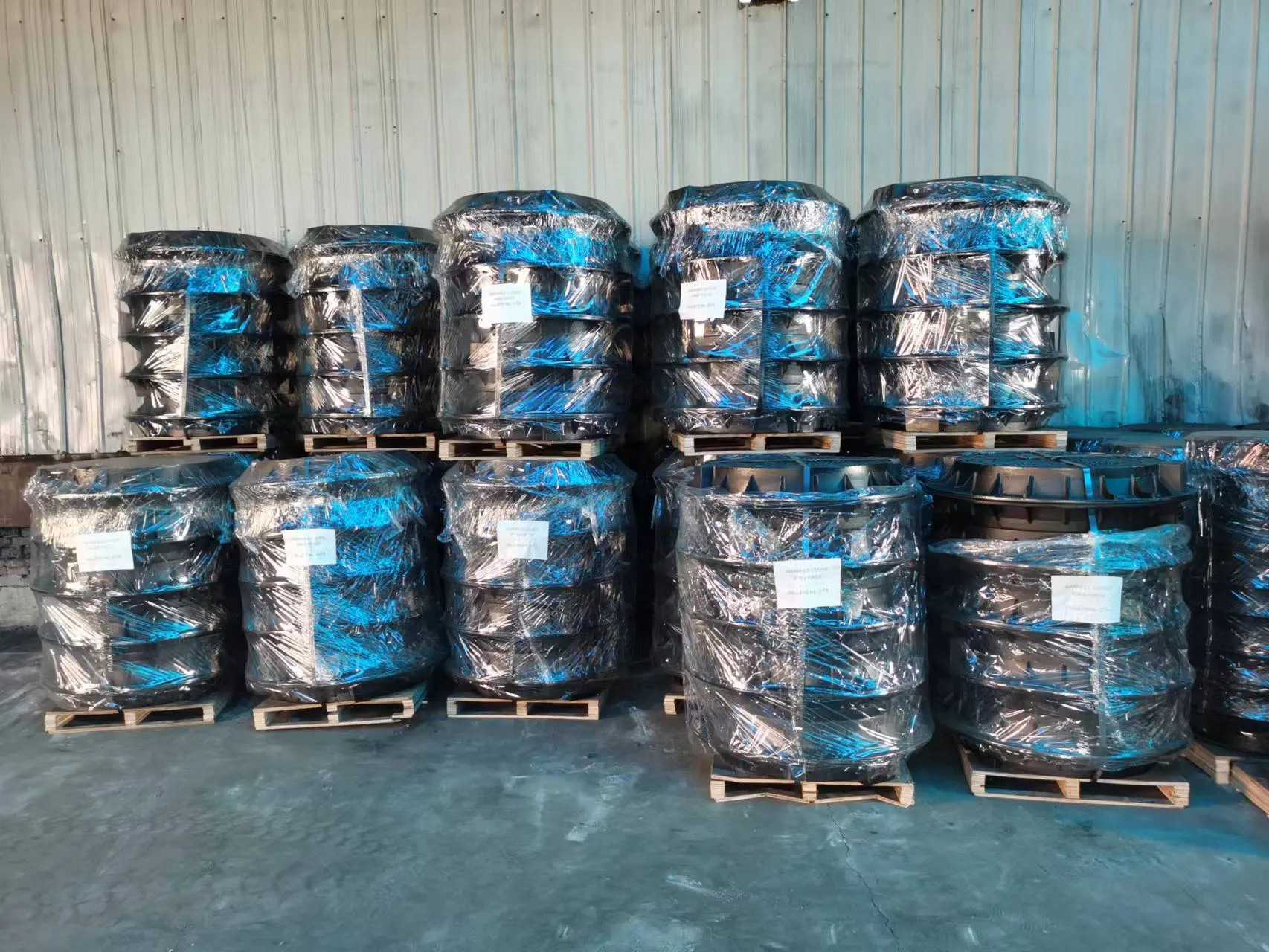anti crash bollards
The Importance of Anti-Crash Bollards in Urban Safety
In recent years, urban environments have increasingly faced the challenge of protecting public spaces from various security threats, including accidental vehicle collisions and intentional attacks. One effective solution to enhance safety in such areas has been the implementation of anti-crash bollards. These sturdy, vertical posts serve as a formidable barrier between pedestrians and vehicles, significantly reducing the potential for injury and damage.
Understanding Anti-Crash Bollards
Anti-crash bollards are specially designed to withstand the force generated by a vehicle collision. Unlike traditional decorative bollards, which primarily serve aesthetic purposes, anti-crash bollards are engineered to absorb and dissipate energy in the event of an impact. They are typically constructed from solid materials such as steel, often filled with concrete or other reinforcements to provide added strength. Various types are available, ranging from fixed to retractable, catering to different security needs in urban planning.
Applications in Urban Settings
Cities are crowded spaces where pedestrians, cyclists, and vehicles coexist. The integration of anti-crash bollards can be observed in numerous environments, including shopping districts, government buildings, stadium entrances, and public parks. Their strategic placement can create a physical barrier that not only prevents vehicles from accessing pedestrian areas but also aids in managing traffic flow.
For example, in busy commercial districts, anti-crash bollards can restrict vehicle access during peak hours, thereby enhancing safety for shoppers and reducing the potential for accidents. Moreover, their presence adds a layer of security to sensitive locations, discouraging potential threats and enhancing public confidence in safety measures.
Enhancing Aesthetic and Functional Design
anti crash bollards

A common misconception is that safety measures like bollards can detract from the aesthetic appeal of urban areas. However, modern anti-crash bollards are available in a variety of designs, colors, and materials, allowing them to blend seamlessly with the surrounding architecture. Many municipalities are now opting for designs that complement their historical or modern landscapes, ensuring that public safety does not come at the expense of style.
Moreover, some anti-crash bollards are equipped with additional features such as lighting, signage, or even greenery, which can enhance the visual appeal of public spaces while maintaining a critical safety function. This duality of function and form is essential in urban planning, where maintaining an inviting atmosphere is as important as ensuring security.
The Role of Technology
With advancements in technology, the functionality of anti-crash bollards has significantly improved. Some models are now retractable or removable, allowing for flexibility in urban design. For instance, during special events, bollards can be retracted to permit vehicle access for emergency services or delivery trucks while still providing a barrier during non-peak times.
Furthermore, the incorporation of smart technology in bollards is gradually on the rise. Sensors can be integrated to detect approaching vehicles, triggering alerts or automated features to enhance safety further. These innovations ensure that cities can adapt to evolving challenges and maintain safety standards.
Conclusion Prioritizing Public Safety
In conclusion, anti-crash bollards represent an essential component of urban safety strategies. By providing a physical barrier between vehicles and pedestrians, they reduce the risk of accidents and deter potential threats. The variety in design and functionality ensures that these safety measures can be implemented without compromising aesthetic value. As cities continue to evolve and face new challenges, the role of anti-crash bollards will undoubtedly grow in importance, making public spaces safer and more inviting for everyone.
Investing in effective safety solutions like anti-crash bollards not only protects lives but also contributes to the overall well-being of communities, fostering a sense of security in everyday urban experiences.
-
The Smarter Choice for Pedestrian AreasNewsJun.30,2025
-
The Gold Standard in Round Drain CoversNewsJun.30,2025
-
The Gold Standard in Manhole Cover SystemsNewsJun.30,2025
-
Superior Drainage Solutions with Premium Gully GratesNewsJun.30,2025
-
Superior Drainage Solutions for Global InfrastructureNewsJun.30,2025
-
Square Manhole Solutions for Modern InfrastructureNewsJun.30,2025
-
Premium Manhole Covers for Modern InfrastructureNewsJun.30,2025
